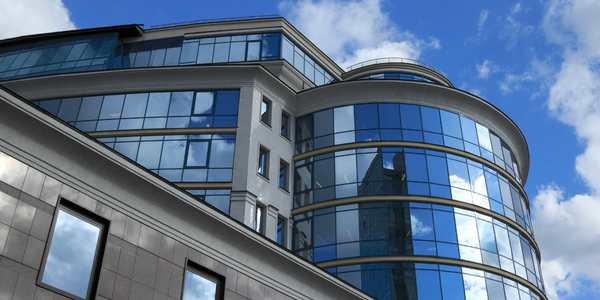Technology Category
- Functional Applications - Enterprise Resource Planning Systems (ERP)
- Sensors - GPS
Applicable Industries
- Buildings
Applicable Functions
- Facility Management
- Maintenance
Use Cases
- Inventory Management
- Track & Trace of Assets
Services
- System Integration
About The Customer
The customer is a premier federal agency that plays a leadership role in improving the health of the nation’s population and funding cutting-edge research. The central office coordinates a broad portfolio of mission-based programs and provides leadership policies for the research programs to achieve their desired objectives. The agency's management operation encompasses over 6,000 employees and over 3,500 work locations. Despite the vastness of its operations, the agency lacked a centralized space and reservations system, leading to inefficiencies and increased costs. The agency needed a solution that could provide an enterprise-wide view of space and reservations, offer flexibility to facility space managers, and be cost-effective.
The Challenge
A leading federal agency, responsible for improving the nation’s health and funding cutting-edge research, faced a significant challenge in managing its vast workspace. The agency, with over 6,000 employees and more than 3,500 work locations, lacked a centralized space and reservations system. Each location relied on spreadsheets to track employee attendance, their arrival times, and desk assignments. This lack of a unified view of space and reservations made it difficult to efficiently use facilities and reduce costs. The onset of Covid-19 further amplified the need for enterprise facility planning. The agency needed accurate and timely information on facility work environments and offices to implement social distancing requirements. Additionally, the agency wanted to identify underutilized spaces to avoid unnecessary costs. To address these challenges, the agency analyzed over 20 industry solutions to find a comprehensive space and reservation system that could provide an enterprise-wide view, offer flexibility to facility space managers, scale with increased workload, and be cost-effective.
The Solution
The agency chose Nuvolo Connected Workplace as their comprehensive space and reservations system. Nuvolo was selected due to its compatibility with the ServiceNow platform already in use within the agency. The solution offered an extensive set of features and functionalities, providing facility space managers with a complete view of each facility, down to standard amenities in an office. Nuvolo's ability to read a CAD file and create floor plans in the system was another crucial requirement met. The central office now has an enterprise view of all facilities, while local space managers have a detailed workgroup view. The system has improved communication among space managers, the facilities team, and the executive responsible for the locations. The agency is also planning to implement a full integrated workplace management system (IWMS) encompassing work orders, scheduling, preventative maintenance, and facilities management. Nuvolo's team was recognized for their early understanding of the agency’s operations and space needs, and they continue to provide local and 24/7 support.
Operational Impact
Quantitative Benefit

Case Study missing?
Start adding your own!
Register with your work email and create a new case study profile for your business.
Related Case Studies.

Case Study
Energy Saving & Power Monitoring System
Recently a university in Taiwan was experiencing dramatic power usage increases due to its growing number of campus buildings and students. Aiming to analyze their power consumption and increase their power efficiency across 52 buildings, the university wanted to build a power management system utilizing web-based hardware and software. With these goals in mind, they contacted Advantech to help them develop their system and provide them with the means to save energy in the years to come.

Case Study
Intelligent Building Automation System and Energy Saving Solution
One of the most difficult problems facing the world is conserving energy in buildings. However, it is not easy to have a cost-effective solution to reduce energy usage in a building. One solution for saving energy is to implement an intelligent building automation system (BAS) which can be controlled according to its schedule. In Indonesia a large university with a five floor building and 22 classrooms wanted to save the amount of energy being used.

Case Study
Powering Smart Home Automation solutions with IoT for Energy conservation
Many industry leaders that offer Smart Energy Management products & solutions face challenges including:How to build a scalable platform that can automatically scale-up to on-board ‘n’ number of Smart home devicesData security, solution availability, and reliability are the other critical factors to deal withHow to create a robust common IoT platform that handles any kind of smart devicesHow to enable data management capabilities that would help in intelligent decision-making

Case Study
Protecting a Stadium from Hazardous Materials Using IoT2cell's Mobility Platform
There was a need for higher security at the AT&T Stadium during the NFL draft. There was a need to ensure that nuclear radiation material was not smuggled inside the stadium. Hazmat materials could often be missed in a standard checkpoint when gaining entry into a stadium.

Case Study
Commercial Building Automation Boosts Energy Efficiency
One of the challenges to building automation is the multitude of non-interoperable communications protocols that have evolved over the years. Buildings have several islands of automation. Bridging the islands of different automation without losing the considerable investment in each specialized control network is the main focus in this solution.








